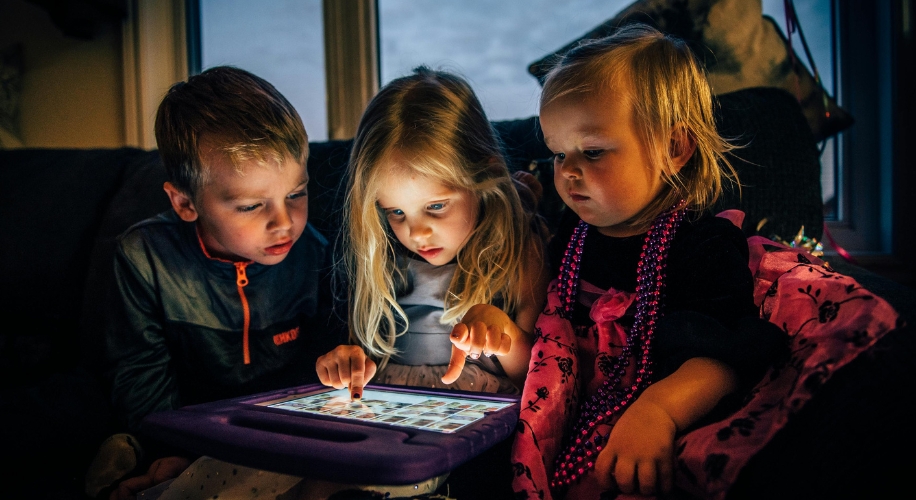Screen Time and Kids: Protecting Young Eyes
- BY Dr. Steven Liem
- IN Eye Care
In today’s digital age, children are increasingly exposed to screens from an early age. While technology offers many benefits, excessive screen time can pose risks to young eyesight. As parents and caregivers, it’s crucial to take proactive steps to protect children’s eyes and promote healthy habits.
Understanding the Risks
Extended screen time can lead to a variety of eye-related issues in children:
- Digital Eye Strain: Symptoms include dry eyes, headaches, and blurred vision.
- Increased Myopia: Prolonged near-focus activities are linked to higher rates of myopia (nearsightedness) in children.
- Sleep Disruption: Blue light emitted by screens can interfere with sleep patterns, affecting overall health and well-being.
Tips for Reducing Children’s Screen Time
To mitigate these risks and encourage balanced screen use, consider these practical tips:
- Set Screen Time Limits: Establish clear rules on how much time children can spend on screens each day. The American Academy of Pediatrics recommends no more than 1 hour per day of high-quality programming for children aged 2 to 5 years.
- Create Tech-Free Zones: Designate certain areas of the home, such as bedrooms and dining areas, as screen-free zones. This promotes healthier habits and better sleep hygiene.
- Encourage Outdoor Activities: Encourage children to engage in physical activities and outdoor play. Time spent outdoors has been shown to reduce the risk of myopia.
- Use Blue Light Filters: Consider using blue light filters on screens or using glasses with built-in blue light protection, especially during evening hours.
- Take Breaks: Encourage children to take frequent breaks from screens. The 20-20-20 rule suggests looking at something 20 feet away for 20 seconds every 20 minutes to reduce eye strain.
- Lead by Example: Be a role model by practicing healthy screen habits yourself. Children often emulate their parents’ behaviors.
- Explore Alternative Activities: Introduce children to alternative activities such as reading physical books, puzzles, arts and crafts, or board games that do not involve screens.

Monitoring and Adjusting
Regularly monitor your child’s screen time habits and be prepared to adjust rules as needed based on their age and developmental stage. Every child is different, so it’s important to find a balance that works for your family while prioritizing their eye health and overall well-being.

By being mindful of the amount of screen time children are exposed to and implementing these strategies, parents can help protect their young eyes and promote healthier habits. It’s not about completely eliminating technology from their lives but rather ensuring that it is used responsibly and in moderation. Together, we can create a balanced environment where children can thrive both digitally and physically.


